Cassia occidentalis L.
Cassia occidentalis L.
Cassia occidentalis is part of the Cassia genus and its scientific name is Cassia occidentalis. The plant is reported to be poisonous to cattle. The plant contains anthraquinones. The roots contain emodin and the seeds contain chrysarobin (1,8-dihydroxy-3-methyl-9-anthrone) and N-methylmorpholine. It is subshrubs or shrubs, erect, 0.8-1.5 m tall, glabrous, few branched. Branches herbaceous, ribbed; roots blackish. Leaves ca. 20 cm; stipules caducous, triangular to lanceolate, 1-2 cm, membranous; petiole 3-4 cm, with a large, brown, ovoid gland near base; petiolule 1-2 mm, with a rotten smell when kneaded; leaflets 3-5(or 6) pairs, ovate to ovate-oblong, 4-10 × 2-3.5 cm, membranous, base rounded, apex acuminate. Corymbose racemes few flowered, axillary or terminal, ca. 5 cm; bracts caducous, linear-lanceolate. Flowers ca. 2 cm. Sepals unequal, outer ones suborbicular, ca. 6 mm in diam., inner ones ovate, 8-9 mm. Petals yellow.
Products from Cassia occidentalis L.
- Cat.No. Product Name CAS Number COA
-
BCN5663
Physcion 521-61-9
PDF

-
BCN5567
Chrysophanol 481-74-3
PDF

-
BCN6175
Chrysophanol 8-O-glucoside 13241-28-6
PDF

-
BCN5649
Emodin 518-82-1
PDF
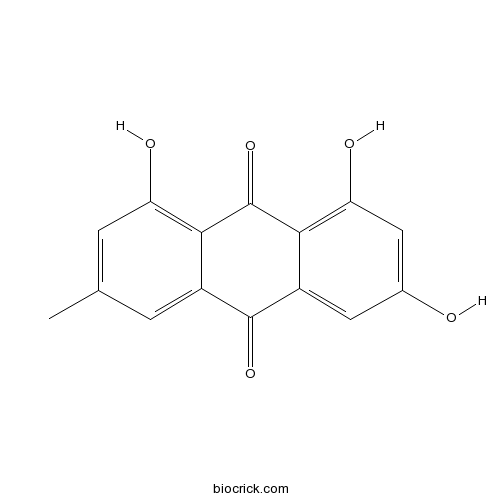
-
BCN5565
Aloeemodin 481-72-1
PDF
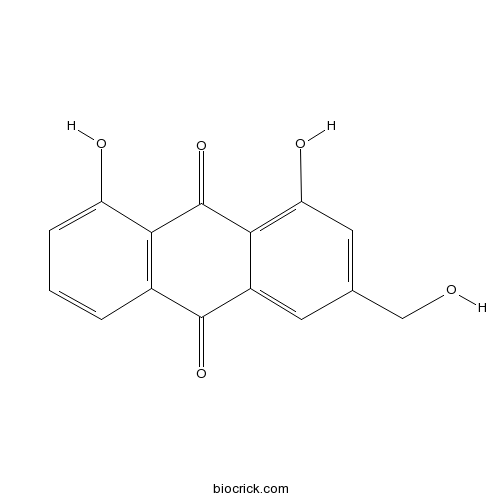
-
BCN6329
Emodin-8-beta-D-glucoside 23313-21-5
PDF

-
BCN1015
Beta-Sitosterol 83-46-5
PDF
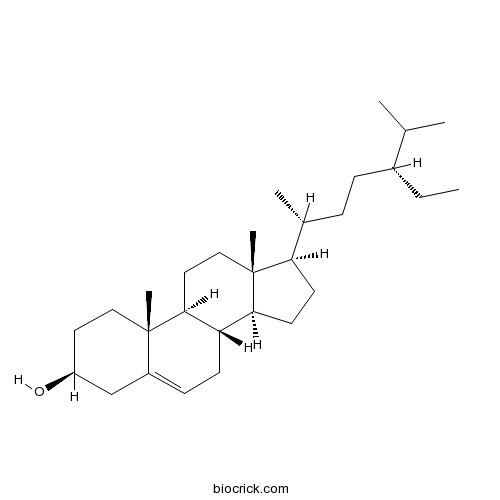
-
BCN4376
Stigmasterol 83-48-7
PDF
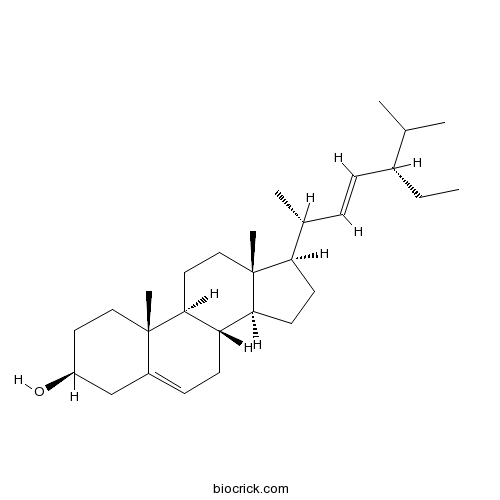
-
BCN4865
Stigmasterol glucoside 19716-26-8
PDF
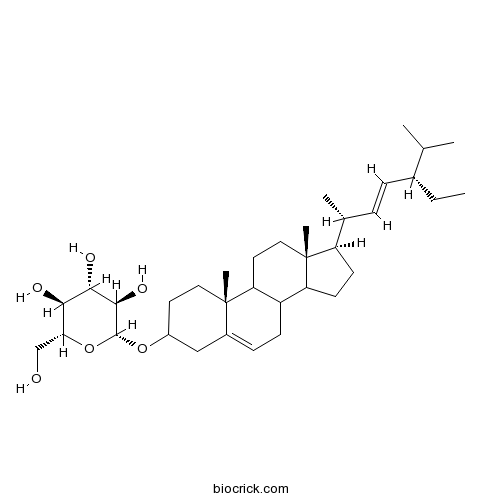
-
BCN4658
Robtein 2679-65-4
PDF

-
BCN4691
Biorobin 17297-56-2
PDF

-
BCN4674
7,3',4'-Trihydroxyflavone 2150-11-0
PDF




